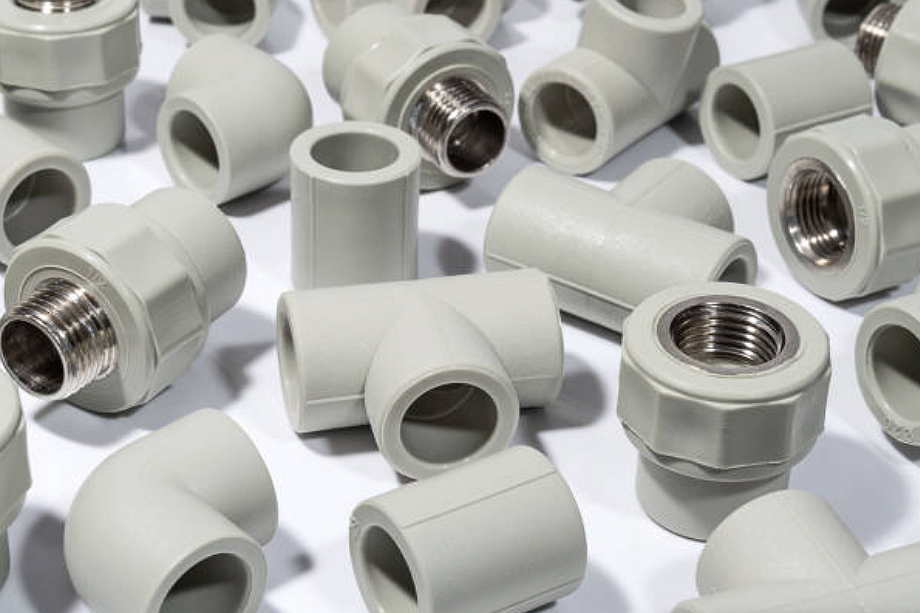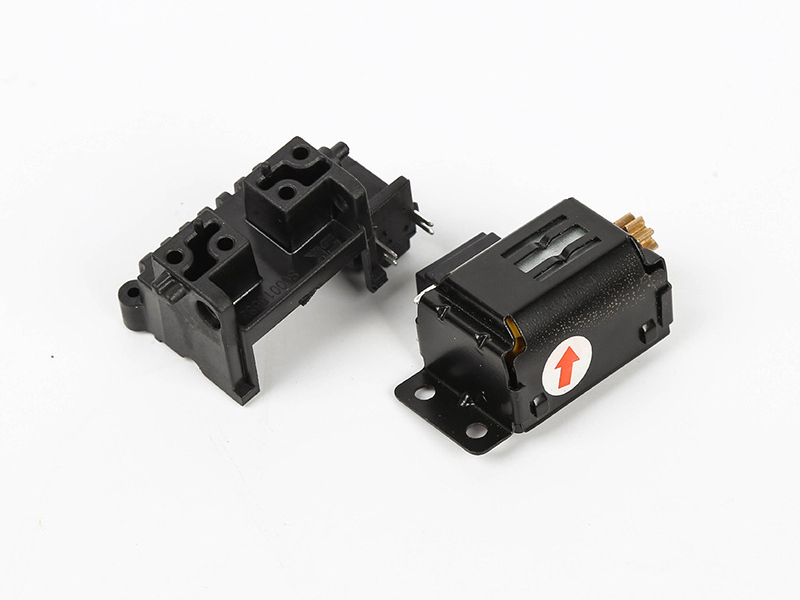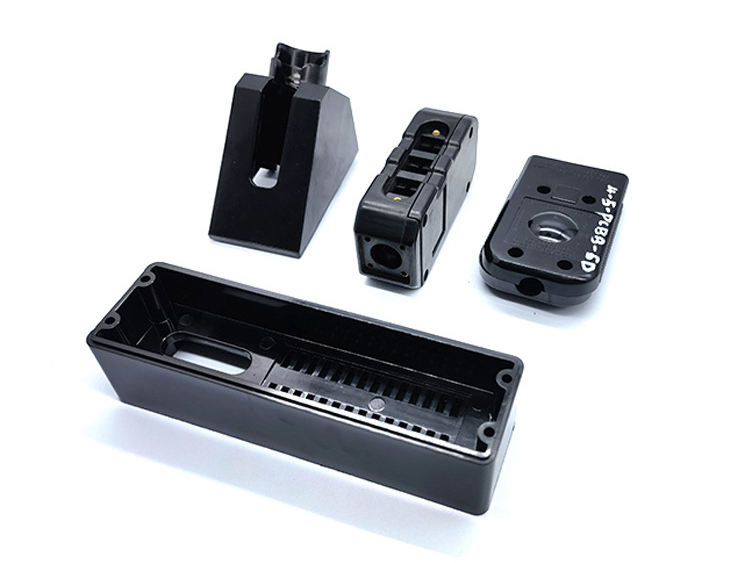How does insert molding enhance creativity in product design?
Design Freedom and Functional Integration
Insert molding enables engineers to integrate multiple materials—such as metals, ceramics, and plastics—into a single, unified structure. This capability provides unprecedented design flexibility, enabling the integration of threads, connectors, and reinforcing structures without the need for separate assembly. For example, combining stainless steel or copper alloy inserts with high-performance polymers like Nylon (PA) or PBT creates hybrid components that blend rigidity with flexibility—expanding design possibilities beyond the limitations of single-material parts.
Aesthetic and Ergonomic Innovation
Through seamless material transitions, designers can explore creative combinations of textures, colors, and surface finishes. When paired with processes such as overmolding or in-mold decoration, insert molding delivers visually striking yet functional components. These techniques are widely applied in consumer electronics and power tools, where grip comfort and brand aesthetics play an essential role.
Space Optimization and Miniaturization
By integrating inserts during the molding process, engineers can eliminate bulky assemblies, reducing size and weight without sacrificing strength. This is especially beneficial in E-Mobility and medical device applications, where compact, lightweight components enhance both performance and user experience. The precision alignment achieved through CNC machining prototyping ensures that even micro-scale features can be molded with high repeatability.
Enhanced Functional Customization
Insert molding supports the integration of conductive paths, magnetic cores, and thermally efficient inserts, enabling the creation of multifunctional products. Designers can embed sensors, threads, or structural reinforcements directly into the molded part, reducing secondary operations while improving reliability. This adaptability allows industries such as telecommunications and automotive to design smarter, more efficient components.
Material and Surface Versatility
Beyond geometry, insert molding also enhances the tactile and visual appeal of a product. Surfaces can be refined through PVD coating, sandblasting, or polishing to achieve desired finishes. This freedom empowers designers to align function, form, and user perception seamlessly within a single part.



